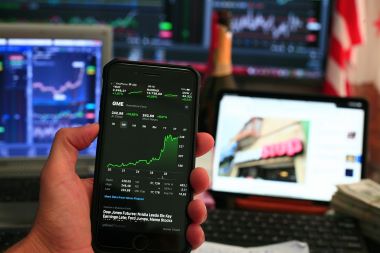Choosing the Right Investments: A Practical Guide
Investing isn’t one-size-fits-all. To make your money work well, you’ll need to select investments that align with your financial goals, timeframe, and risk tolerance. Below are key considerations and an overview of common investment types to help you get started…










